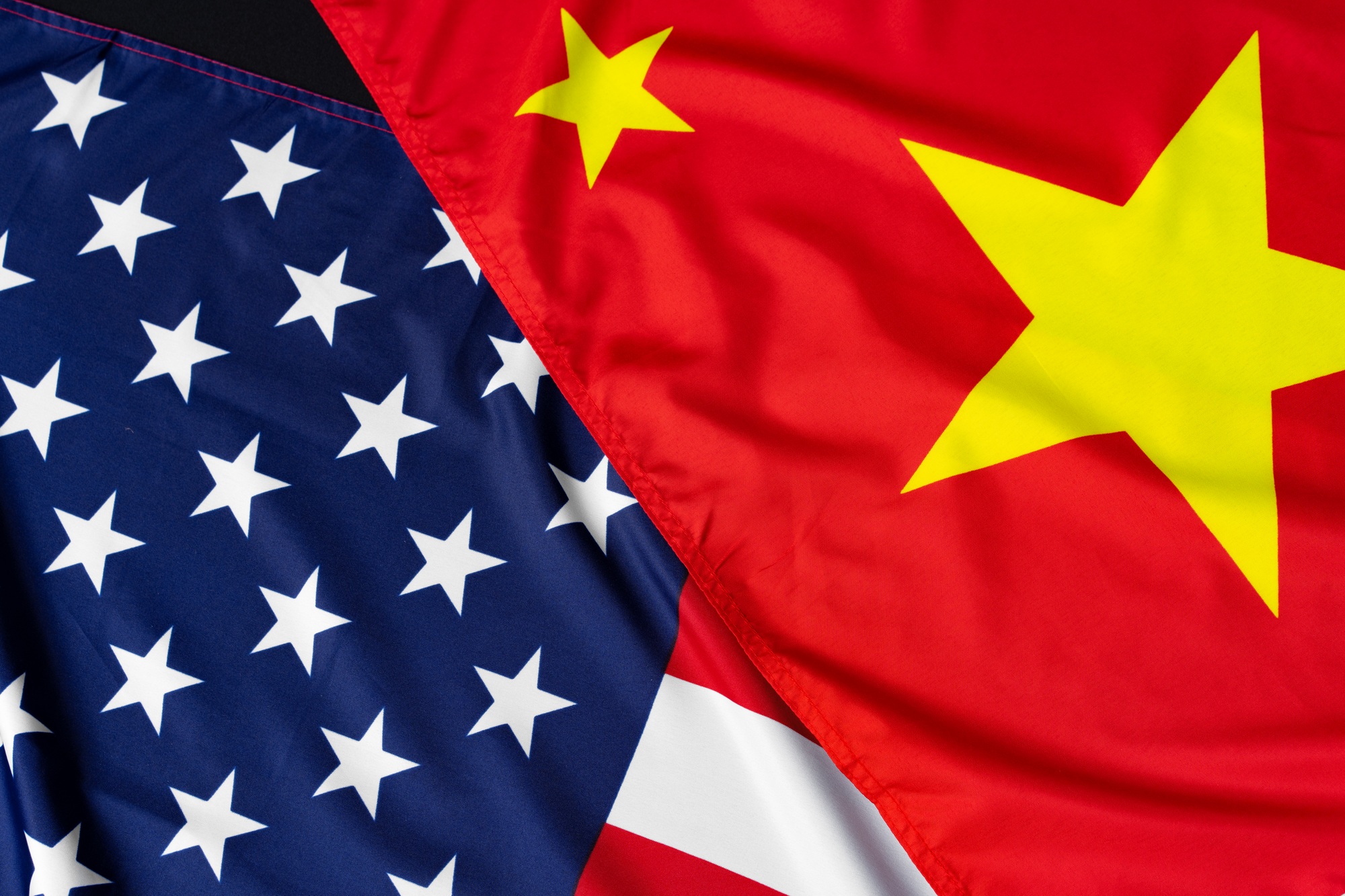Global finance markets experienced a notable upswing on May 12, 2025, driven by renewed optimism surrounding U.S.-China trade negotiations and significant geopolitical ceasefire agreements. Investors responded positively to these developments, leading to gains across major stock indices and a strengthening U.S. dollar.
U.S.-China Trade Talks Signal Progress
Over the weekend, high-level trade discussions between the United States and China concluded in Geneva with both parties expressing satisfaction over the progress made. U.S. Treasury Secretary Scott Bessent and Trade Representative Jamieson Greer described the talks as “productive,” indicating substantial advancements toward reducing the U.S. trade deficit. Chinese officials echoed this sentiment, highlighting an “important consensus” reached during the negotiations.
While specific details of the agreements remain pending, the positive tone of the discussions has alleviated investor concerns over escalating trade tensions. Market participants are now anticipating potential tariff reductions, which could bolster global economic growth and mitigate recession risks.
Stock Markets Respond Favorably
In response to the encouraging trade developments, stock futures surged. The Dow Jones Industrial Average futures climbed by 400 points (1%), the S&P 500 futures increased by 1.4%, and Nasdaq futures rose by 2%. These gains reflect heightened investor confidence and a shift toward risk-on sentiment.
European and Asian markets also experienced moderate gains, further underscoring the global impact of the trade negotiations. The dollar strengthened against traditional safe-haven currencies, such as the Japanese yen and Swiss franc, as investors moved away from risk-averse assets.
Geopolitical Ceasefires Enhance Stability
Adding to the positive market sentiment were significant geopolitical developments. India and Pakistan agreed to an immediate ceasefire following four days of military strikes, with violations reported within hours along the border.Simultaneously, Ukraine and European leaders, backed by U.S. President Donald Trump, announced a 30-day unconditional ceasefire starting May 12, with the threat of new sanctions against Russia should the agreement be violated.
These ceasefires have contributed to a reduction in geopolitical tensions, further supporting the rally in global financial markets.
Commodities and Currency Movements
The improved risk appetite among investors led to a decline in gold prices, traditionally considered a safe-haven asset.Spot gold fell by 1.4% to $3,277.34 an ounce, while U.S. gold futures slipped by 1.9% to $3,281.70. Conversely, oil prices edged higher, buoyed by optimism about reduced recession risks despite ongoing OPEC+ production plans.
The U.S. dollar’s strength was evident as it gained 0.4% against the yen, reflecting diminished expectations for a near-term Federal Reserve rate cut.
Investor Outlook
While the recent developments have injected optimism into the markets, analysts caution that the absence of concrete details from the U.S.-China trade talks leaves room for uncertainty. Investors are advised to monitor upcoming economic data releases, including the U.S. Consumer Price Index and retail sales figures, which could influence future monetary policy decisions.
In summary, the convergence of positive trade negotiations and geopolitical ceasefires has provided a much-needed boost to global financial markets. However, sustained momentum will depend on the implementation of tangible agreements and continued diplomatic progress.







